

The principal modes of transport through the municipality’s roads and footpaths are vehicles, motor-cycles, bicycles, beasts of burden and walking. The use of motor-cycles and bicycles is becoming increasingly widespread in both the towns and the rural settlements. The large settlements are served from mechanized boreholes.
There are a large number of boreholes fitted with land pumps and hand-dug wells which serve both the urban and rural population. In the Kassena-nankana, daily markets are few. The major markets in the district are located at Navrongo, Sirigu, Kologo, Chiana and Paga. A three-day market cycle involving Navrongo, Bolgatanga and Sandema dominate market activity.
Agricultural produce and other tradable items are sold on sheds and stalls.Health care is provided through one hospital, health centres, a health research centre, a maternity home and an orphanage all at Navrongo. There are also 18 clinics .
The Assembly has 17 Pre-school Institutions, 72 Primary Schools, 34 Junior Secondary School, 5 Senior Secondary Schools, 1 Teacher Training College, three Vocational Training Centres and a faculty of the University for Development Studies.
The Ghana Commercial Bank and a rural bank serve as the only banking institutions in the municipality.The Ministry of Agriculture, the 31st December Women’s Movement and the Assembly are actively organizing rural women into productive associations to be able to attract loans to engage in a variety of economic activites including tomato and groundnut cultivation, shea butter processing and groundnut oil extraction.
Transportation
Transport services are needed to facilitate effective communication and information dissemination, as well as to ensure equity in the distribution and allocation of productive resources, one of the conditions for the realization of poverty reduction.
The principal modes of transport service delivery include roads of varied forms, the use of footpaths and to a lesser extent, the air space. The major service providers, in terms of road use for people traveling within and outside the Assembly include the Ghana Private Road Transport Union (GPRTU) of the Trades Union Congress (TUC), STC Ltd.
Kingdom Transport Services Ltd. (KTS), Imperial Transport Services, who travel long distances whilst the Metro Mass Transit, individual/privately owned and/ operated trucks, mini-buses and taxi cabs serve travelers within the central townships, between communities and across to other surrounding districts such as Builsa, Bolgatanga, and Bongo. Various institutional transport facilities also go a long way to augment transportation services.
The main departure and destination points for most transport service facilities are located in the growth points/centres including Paga, Sirigu, Chiana and Navrongo. Aside festive periods, intensity in delivery as well as high traffic periods in the commercial road transport services within the Municipality occurs during the late afternoon periods on the market days of major settlements. During such periods, goods and people are transported, thus from production centres – mainly the rural settlements to the market facilities’ domain – usually the urban areas. Others are also sent from across to Tamale, Kintampo, Techiman, Kumasi, Accra, Takoradi and other parts of the country and even beyond especially neighbouring Burkina Faso.
An Airstrip located along the Navrongo – Paga road also serves travelers, mainly guests coming to the Municipality or other parts of the region and in few instances, tourists.
Postal and Telecommunication Services
The importance of postal and telecommunication services in the
cannot be underscored, considering the efforts of planning to reduce poverty and the impacts these services can create to effect positive results.
Currently, there exists a relatively large postal and telecommunication service office, situated at Navrongo (i.e., the capital), serving both receivers and senders of ordinary mails, parcels and oral information transmitters, through the ordinary mail box (es), quick delivery systems such as EMS and both desktop and installed telephone booth facilities respectively. The outfit also operates postal and money transfer services to customers. Transmissions of these messages through the outfit go beyond the confines of the , region and country, extending to other parts of the globe.
In addition to the above, privately operating telecommunication centres and P&T telephone booths located at vantage points within the growth points/centres including Chiana, Paga, Navrongo and Sirigu, and those provided and located in some institutions serve the bulk of the Assembly’s populace.
Mobile phone usage is a common practice, particularly among relatively higher income earners. Internet service facilities exist currently at the Navrongo Health Research Centre, (though not commercially operated), the Assembly, UDS campus at Navrongo, DERF- Network (Developing the Rural Folk Network), an NGO, and some few (rich) homes. Plans are underway to set up Community Information Centre at Navrongo to provide Internet and computer training services to the public.
Markets and Marketing
Generally, there exist markets, which are operated on a three-day cycle basis with the exception of Chiana, which pegs its ‘market days’ on every Friday of the week. Aside the main largest one in Navrongo, there exist other ten (10) satellite markets in the main towns and villages. Trading in primary products, semi-processed food items, and some other small-scale industrial products are the major activities of economic importance to most of the local folks in the markets.
Market infrastructure in terms of stores, stalls, waste disposal facilities for both liquid and solid are grossly inadequate including the big markets situated in the growing points/centres.
The location of these major marketing centers particularly in the heart of the vast and highly productive livestock and food cropping zone enhances their attractiveness and thus account for their great sphere of influence and growth. The markets are seriously beleaguered with a number of problems In spite of their immense contributions to the district’s economic growth.
Problems Facing Market Facilities
- Inadequate Number of Stores
- Poor Maintenance of Structures by Aprproaprate Authorities
- Inadequate Sanitation Challenges
Inadequate Infrastructure for the Market especially the New Navrongo Market site
Energy
Energy is needed for home consumption, work places and other areas to enhance livelihoods. About 8.7 per cent of the population has access to the use of electric power supply. The bulk of the left-outs resort to fuel wood usage where millet and maize stalks are heavily relied upon after harvest. Some others depend on charcoal, kerosene and Liquefied Petroleum Gas (LPG) as their main sources of energy for either
Main Source Of Lighting
In the Municipality, the percentage of house holds using electricity, as the main source of lighting is 8.7 percent as compared with the national average of 43.7 per cent. The percentage of households using kerosene lamps as a major source of lighting is 88.7 percent as compared with the regional average of 84.6 (Table 1.5.1.3.10).
In light of the fact that availability of electricity is not meant only for household lighting, cooking and food preservation but also promotes industrial and other economic activities, the programme of rural electrification needs to be intensified in the municipality.
There are great potentials for generating and using solar energy, considering the high annual average temperature of 32°, the low canopy structures of most trees sparsely located in communities, thus allowing direct sun-rays on the ground levels among other factors. To this end, usage of solar energy is becoming common in the Municpality even among the rural settlements.
Main Source of Cooking Fuel
The most commonly use of cooking fuel in the Municipality is firewood. It accounts for about 76.0 per cent of cooking fuel as compared with the Regional average of 66.5 per cent. Millet stock and corn stock is used by 10.8 per cent of households and charcoal is used by 10.1 per cent (Table 1.4.8).
Each of the main sources of fuel used for cooking has associated problems. The use of fuel wood is cumbersome, affects the health of women and children, and leads to the depletion of the forest. The use of charcoal, in the long run, is expensive and also results in reduction in the forest cover of the charcoal producing areas. Thus, the uses of charcoal and firewood have serious implications for the environment.
Gas and electricity are not very affordable and accessible to most households. With the exception of few households – mostly in the urban areas, that can afford electricity, solar panels and/or Liquefied Petroleum Gas as their energy sources, most (rural) households resort to wood lots usage – processed as firewood and/or charcoal to their source of energy. Nevertheless, almost all households in the urban and rural areas use wood fuel for their domestic and/or commercial activities.
In all, 86.1 per cent of the households uses cooking fuel that depletes the forest cover (wood and charcoal). The environmental implications should therefore be concern. Attempts should be made to intensify agro-forestry, including cultivation of drought resistant trees and fuel wood such as acacia, Nim and shea-nut trees.
Information Communication Technology (ICT)
Access to information is inextricably linked to the quality of education in remote communities, and, consequently, to the economic opportunities for communities. In spite of efforts geared at bridging the Digital divide and increasing ICT awareness and accessibility to the people, there is still more effort needed in this area.
Through the Community Information Centre (CIC) the concept, has a computer Hall with internet connections. The centre is managed by the office in collaboration with the Information Services Department. Aside its function of offering internet services to the general public, the centre also offers type-setting and computer training (basic training in some operating systems). Besides the CIC, there are about seven other Internet cafes in town. They also offer computer services such as typesetting and computer training.
Mobile Communication
Mobile telecommunication is rapidly spreading throughout. It is one sector that is experiencing an inconceivable coverage globally including Kassena Nankana for the past few years. Currently five mobile communication services (MTN, TIGO, VODAFONE and Zain) are effectively present in the district covering a significantly large portion of the municipality.
Another two providers (GLO and Kasapa) are in their preparatory stages of starting their operations in the district. Apart from mobile services, VODAFONE and MTN have installed payphones at certain vantage points in the capital. The modem of MTN, TIGO, VODAFONE and Zain can also be used to browse the internet at home or places of convenience.
Broadcasting
The coverage of the Ghana Broadcasting Corporation’s regional radio station known as URA radio (89.7 MHz) and a community based station, Nabina Community Radio (90.7MHz). These two stations are the utmost source of information flow.
There is also Super Al operating from the regional capital but with limited coverage. URA radio covers the whole municipality whereas; Nabina Community Radio covers about half. Builsa community radio also has its services covering.With regards to television, Ghana Television (GTV) is the only TV station covering. Some households have multi-channel satellite dishes and decoders that are able to receive signals from local and International channels signals for viewing.
Date Created : 11/21/2017 2:19:13 AM




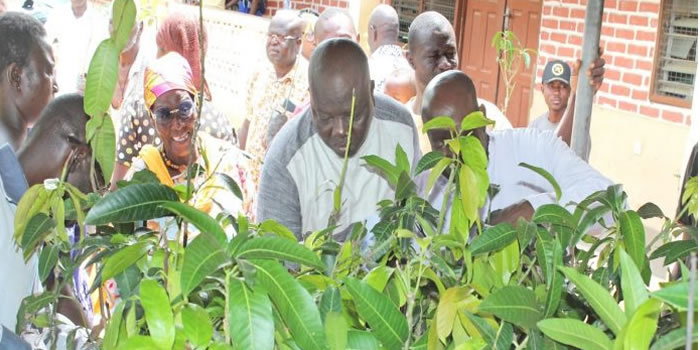
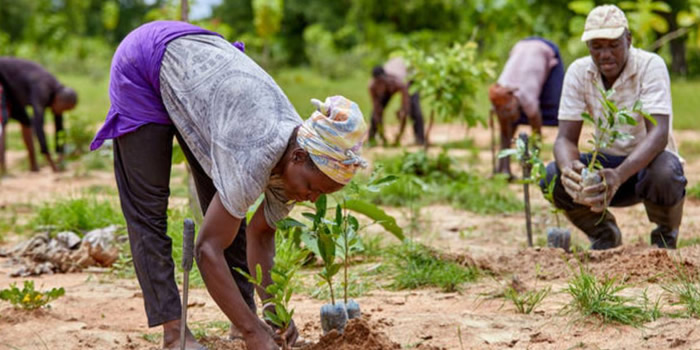
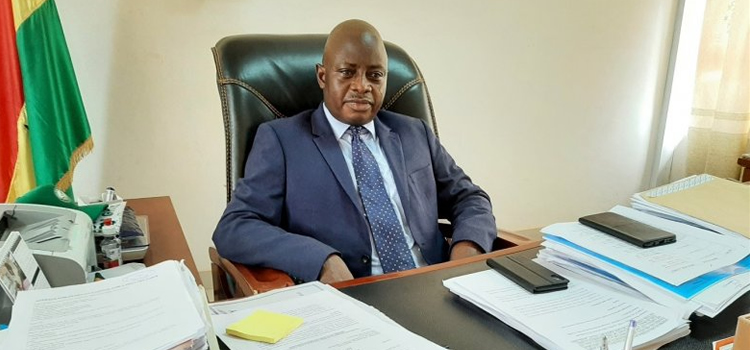
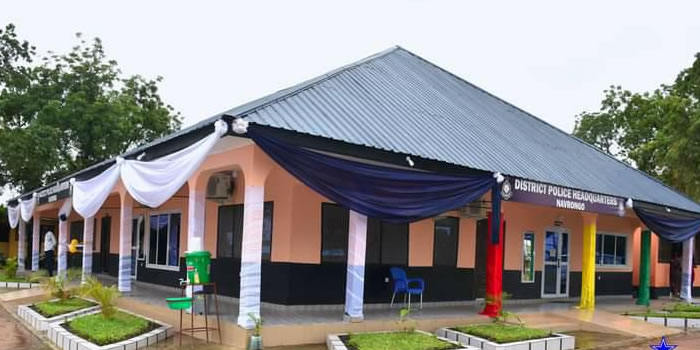
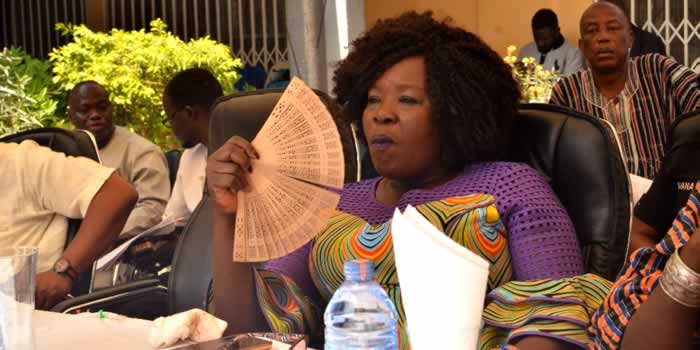


 facebook
facebook
 twitter
twitter
 Youtube
Youtube
 +233 593 831 280
+233 593 831 280 0800 430 430
0800 430 430 GPS: GE-231-4383
GPS: GE-231-4383 info@ghanadistricts.com
info@ghanadistricts.com Box GP1044, Accra, Ghana
Box GP1044, Accra, Ghana